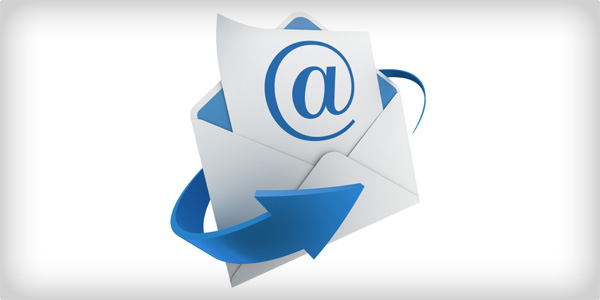If you’re running an effective marketing campaign, your business is generating leads from multiple sources, and these leads have various interests, needs, and backgrounds. Your leads will inevitably be in different stages of your buying cycle at any one time, and will have different relationships with and opinions about your company and the product or service you’re trying to sell. So when you develop a lead management strategy to push your leads further down your sales funnel, it would be highly ineffective, to say the least, to send them all the same email. In order to increase the click-through rates of your emails and implement more effective lead nurturing, it is crucial that you find ways to segment your leads so you can target each segment with a more relevant message or offer. Here are 4 important criteria to consider when deciding how to segment your leads.
- Segmentation by Demographics: Your leads come from all different settings, including companies of various sizes, various geographical locations, and different positions or roles within their companies. Use the demographic information that you collect in your conversion forms to identify potential email segments. Then, based on the goals of your email send and your company’s specific situation, decide which segments to target. For example, if you are sending invitations to a special event, or if your business only serves a certain geographical region, segmenting by location is a good idea. If your product would serve marketers differently than it would salespeople, or a B2B company differently than a B2C company, segment by corporate role or industry type.
- Segmentation by Content Interests: An important factor to consider when segmenting your leads is key conversion events. As part of a sound inbound marketing strategy, you should have a variety of conversion offers on your site that appeal to different audiences or prospects at different stages of the sales process. Take a look at which of your offers your leads converted on – did they download your eBook on best practices for your industry? Sign up for your weekly newsletter? Register for a free trial of your product? These conversion events reveal the current interests of your leads, and are therefore an important tool for segmentation. If your leads download a whitepaper about using Facebook for business, you might group them in your “social media” segment and send them a link to register for your webinar on Twitter in your next lead nurturing email. If your leads request a demo or trial of your product, they are further along in your buying cycle, and you should send them more product-focused offers.
- Segmentation by Website Behavior: In addition to segmenting by interest area, you can also use website visitor behavior as a filter for your email communications. Do your best leads visit your website multiple times a day? Or do they visit once, request more information, and go on their way? Looking at the number of website visits, the number of pages viewed on your website, and the number of conversion events can provide you with extremely useful data for identifying your best leads.
- Segmentation by Lead Source: Lastly, you should track where exactly each of your leads is coming from. Maybe your best leads come from organic search. Maybe they come from social media, or your blog, or your email communications. You can use lead source information to determine which messaging and offers to target to each segment. For example, you might send the leads you generated from your blog an offer for an eBook on a related topic, which they may not otherwise have found through your blog site. Also, analyzing the effectiveness of each communications channel and the quality of the leads they each generate will help you decide where to focus your future marketing efforts.
Quick review:
- Use the demographic information you collect in your forms, such as location, industry, and company size, to segment your email lists.
- Gain insight into your leads’ interests by noting which offers they converted on, and target your subsequent content offers accordingly.
- Identify which of your leads have had the most interaction with your website, and segment based on this indicator of lead interest and quality.
- Determine the referral source of each of your leads, and target your lead nurturing emails based on previous exposure to and experiences with the various components of your online presence.
However you decide to approach the task, segmentation is key to an effective lead management strategy. By making them more relevant to your audiences, your lead nurturing emails will receive more attention, attract higher click-through rates, and ultimately convert more leads into customers for your business.
Reader’s Toolbox:
1. Lead Nurturing
2. Free eBook: An Introduction to Lead Nurturing
- 3 Simple Steps for Higher Quality Leads - April 30, 2012
- 4 Valuable Ways to Segment Your Leads for Email Marketing - April 18, 2012


